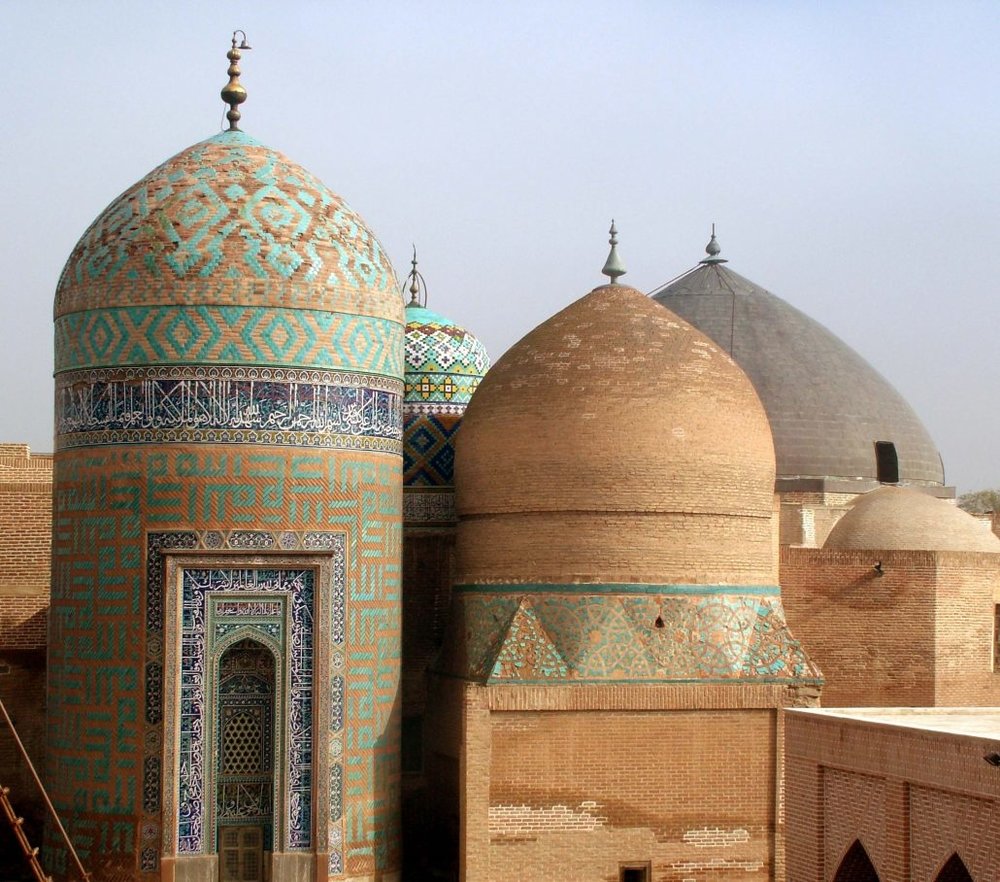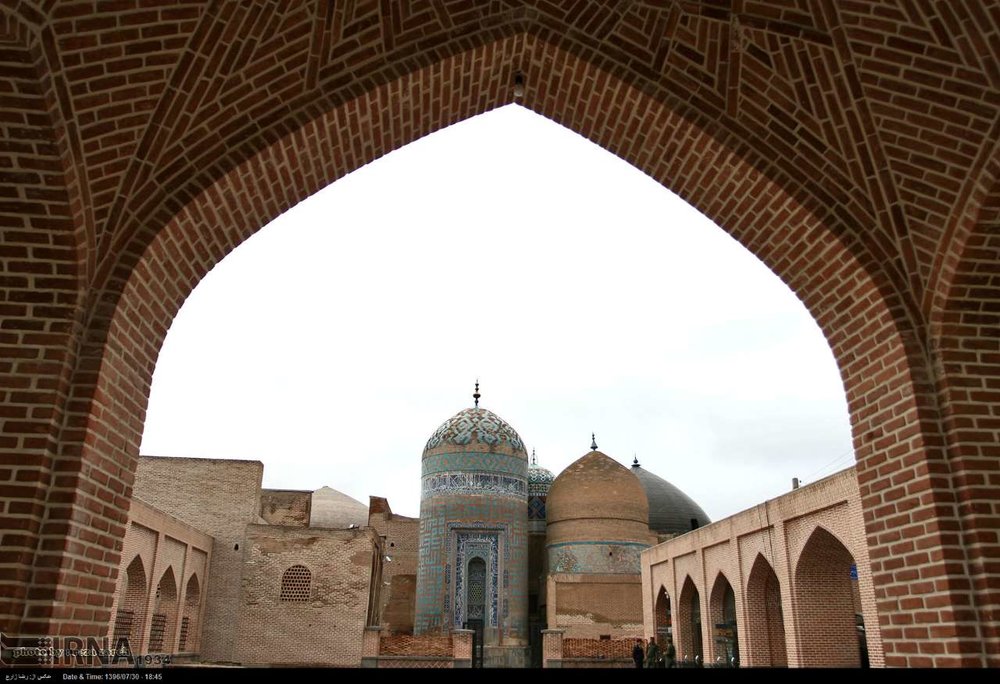Explore a microcosm of Sufism while traversing Iran

TEHRAN – Arrays of harmonious sun-scorched domes, well-preserved and richly-ornamented facades and interiors and, above all, an atmosphere of peace and tranquility have all made the Sheikh Safi al-Din Khanegah and Shrine Ensemble a must-see stopover for travelers to the city of Ardabil in northwest Iran.
Sprawling on a high, windswept plateau, the city is well-known for having lush natural beauties, hospitable people and its silk and carpet trade tradition. Its weather is pleasantly cool in summer but can turn somewhat nasty in winter.
A UNESCO World Heritage, the ensemble is named after Sheikh Safi al-Din Ardabili (1253-1334), who was a Sufi philosopher and leader of Islamic mystic practices.
Developed between the early 16th century and the end of the 18th century, this place of spiritual retreat enjoys principal elements of traditional Iranian architecture to make the best use of existing space for accommodating variety of functions.

An interior view of the Sheikh Safi al-din Khanegah and Shrine Ensemble
It embodies an essence of Sufi traditions by having a microcosmic ‘city’, which embraces a mosque, a madrasa, a library, a cistern, a bathhouse, kitchens, a hospital, as well as religious houses amongst others. The place also boasts a remarkable collection of antique artefacts.
The Sheikh Safi al-Din Khanegah and Shrine Ensemble includes a route to reach the shrine of the Sheikh which is divided into seven segments that mirror the seven stages of Sufi mysticism.
Its special layout has made it a reference to other Khanegahs across the country.

An exterior view of the Sheikh Safi al-din Khanegah and Shrine Ensemble, a tourist destination in Ardebil, northwest Iran.
Under tourists’ eyes
Here is a select of comments that foreign visitors to the ensemble have posted to TripAdvisor, one of the most popular travel websites in the world:
It embodies an essence of Sufi traditions by having a microcosmic ‘city’, which embraces a mosque, a madrasa, a library, a cistern, a bathhouse, kitchens, a hospital, as well as religious houses and kitchens amongst others.
‘Fantastic place to visit!’
There is so much to see here, so take your time and leisurely wander around. We had a local guide who took us through some of the exhibits, and then we enjoyed our own time looking through the rest. It is certainly worthwhile to have some knowledge of the history of this area of Iran, so you can appreciate this shrine even more. (Randall K. from Canberra, Australia; reviewed October 1, 2017)
'Islamic art at its best’
This place is definitively worth a visit or stopover when traveling from the Caspian to Tabriz or vice versa. Renovation is currently ongoing and will provide very nice improvements on the decorations…
Don’t leave town without getting a jar of fresh honey or even a complete honey comb from one of the many honey shops on the main street (Imam Khomeini)! (Markus U. from Modling, Austria; reviewed August 25, 2017)
‘Magnificent!’
The mausoleum was the reason we visited Ardabil, and we were not disappointed. Great example of Safavid architecture. Photos usually cannot grasp the beautiful play of lights. (Fred G. from Berlin, Germany; reviewed April 15, 2016)
‘Do your best to see this UNESCO World Heritage site’
Not many foreign tourists come to Ardabil. Ardabil is usually not part of a tour group itinerary. But if you can, really try to visit this site... (Wilbur M. from London; reviewed April 18, 2015)
AFM/MQ/MG
Leave a Comment